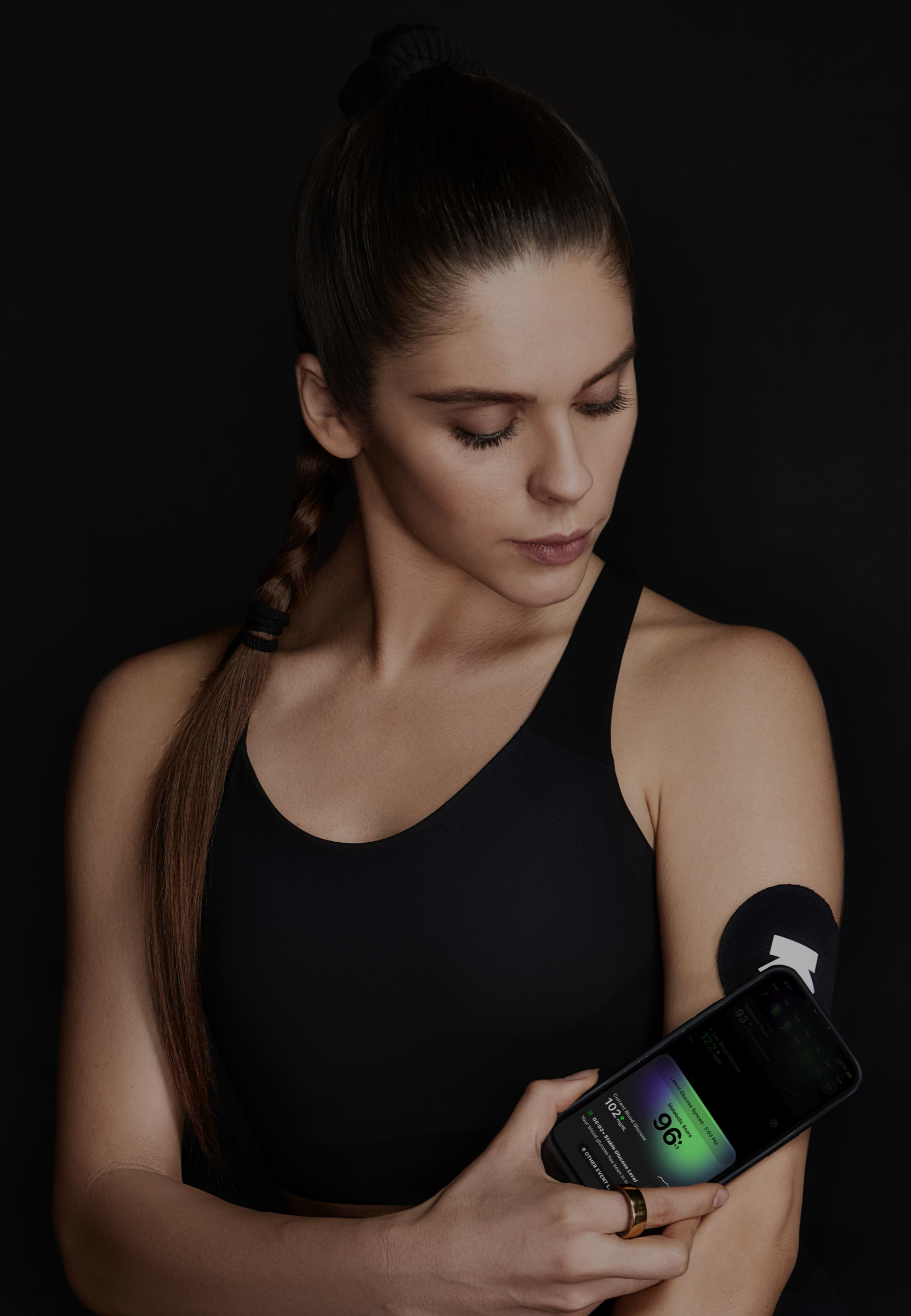
Cooked Rice (1 Cup, Cooked) and Roti (1 Medium (7 Inches))
Dinner
206 mg/dL
avg. peak value
Usually causes a large spike
Avg. Food Score on Ultrahuman App
Ultrahuman Users got an UNSTABLE response
How to consume Cooked Rice, Roti without glucose spikes
Portion Control
Limit the amount of cooked rice and roti you consume in one sitting. Smaller portions can help minimize spikes in glucose levels.
Pair with Protein
Include sources of protein such as grilled chicken, fish, tofu, or legumes in your meal. Protein can help slow the digestion process and reduce glucose spikes.
Add Healthy Fats
Incorporate healthy fats like avocado, nuts, or seeds into your meals. These fats can help stabilize blood sugar levels.
Choose Whole Grains
Whenever possible, opt for whole-grain rotis or brown rice as they are higher in fiber, which can aid in reducing glucose spikes.
Increase Fiber Intake
Add more fiber-rich vegetables like spinach, broccoli, or bell peppers to your meal. Fiber helps slow down the absorption of carbohydrates.
Stay Active
Engage in light physical activity such as a brisk walk after meals to help your body use glucose more effectively.
Stay Hydrated
Drink plenty of water throughout the day to help your body maintain stable glucose levels.
Monitor Meal Timing
Spread your meals evenly throughout the day to avoid large spikes. Eating smaller, more frequent meals can be beneficial.
Mindful Eating
Eat slowly and mindfully to give your body a chance to signal fullness, which can prevent overeating.
Use Vinegar
Consider adding a small amount of vinegar to your meals, such as a vinaigrette dressing on salads, which may help manage glucose levels.

Discover
metabolic
health with M1
Ultrahuman M1 helps you measure the impact of food and activity on your body in real time through glucose as a biomarker.
Explore Ultrahuman M1Find Glucose response for your favourite foods
Explore OGDbYour cart is empty
Browse through our products and find something for you.
